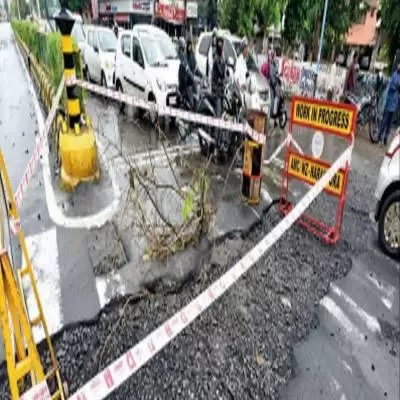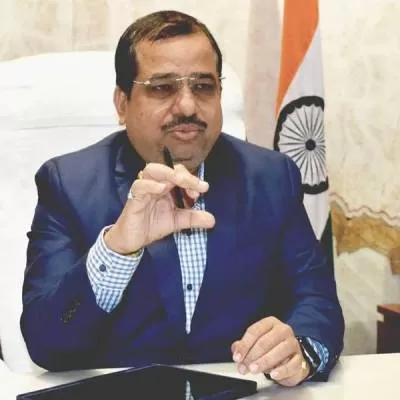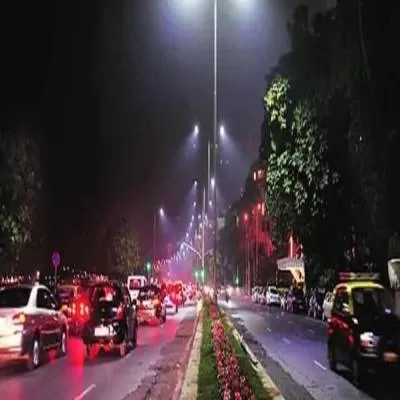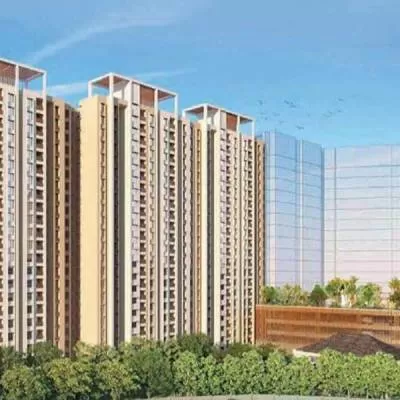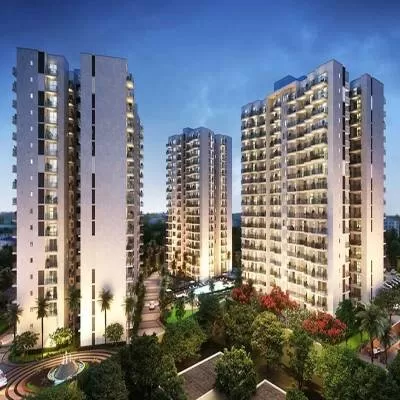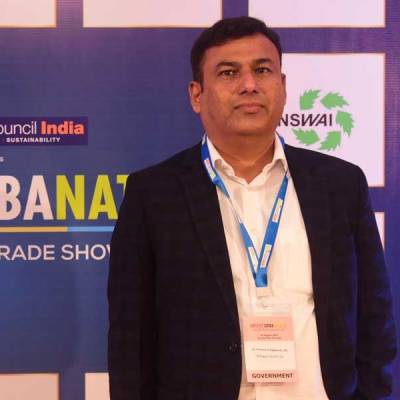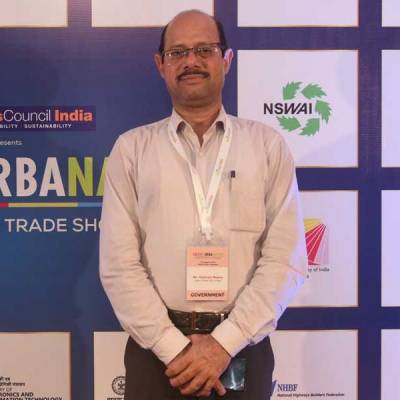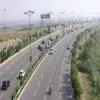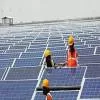- Home
- Real Estate
- Energy-efficiency: A key enabler in the Government's bid to help India transform into a clean energy hub

Energy-efficiency: A key enabler in the Government's bid to help India transform into a clean energy hub
It is evident: Connected technologies are making meaningful contributions to the efficiency and demand-side response of cities. Many urban centres have carried out street light replacement programmes, switching to more efficient LED bulbs and incorporating sensors that automatically decrease lighting output when there is no one on the street. <br /> <br /> As <span style="font-weight: bold;">Saurabh Kumar, Managing Director, Energy Efficiency Services (EESL),</span> shares, 'The government's domestic efficient lighting scheme, UJALA (Unnat Jyoti by Affordable LEDs for All), has adopted IT as an enabler.' He goes on to add that linked to sensors and geo-tagging, an UJALA dashboard enables the masses to see the distribution of energy-efficient LED bulbs and corresponding savings in energy and carbon costs in real-time. 'With these metrics, prospective buyers can immediately find the closest kiosk retailing the affordable LED based on their location or register their grievances on a portal.'<br /> <br /> Similarly, under the government's Street Light National Programme, a central control and monitoring system (CCMS) ensures that urban local bodies, municipalities and public-sector utilities have ease of adoption and maintenance of the LED street lights installed. 'The lights can be controlled remotely depending on requirements, preventing electricity wastage,' adds Kumar. 'As they are linked to an Internet of Things (IoT) interface, they can also be monitored remotely, reducing downtime for repair and maintenance.' He says that such digital real-time vigilance will also be achieved by millions of smart meters that are scheduled for installation, ensuring that utilities and consumers directly receive usage information.<br /> <br /> For its part, EESL is focussing on district cooling systems, which can reduce energy demand for cooling by up to 50 per cent. 'District cooling consists of a network of insulated pipes running under city streets, pumping cold water to multiple buildings in a district, neighbourhood or city,' explains Kumar. 'The energy sources to cool the water pumped around modern district energy systems are extremely energy-efficient and renewable. This delivers diverse benefits that progressive cities are committed to providing for their citizens, such as clean air, local jobs, and cost savings.' EESL has partnered with UN Environment's District Energy in Cities Initiative to undertake rapid assessments of district cooling in six Indian cities: Bhopal, Bhubaneswar, Coimbatore, Pune, Rajkot and Thane. This will help understand the potential of district cooling in India and create a project pipeline for investment.<br /> <br /> What's more, the government, along with active support from its citizens, has kick-started a revolution in energy-efficiency by introducing scalable and replicable demand-side management initiatives. Kumar says, 'The country has not only established a comprehensive policy for energy efficiency - the National Mission for Enhanced Energy Efficiency (NMEEE) - but executed successful demand-side management programmes for consumers and municipal corporations to achieve overall energy savings while gradually mitigating the impact of climate change.'<br /> <br /> Indeed, fast-tracking energy efficiency while India experiences rapid growth provides an enormous opportunity to generate energy savings that will translate to financial ones. Further, reduced demand for energy will lead to public health benefits, combat climate change, and close the broadening gap between India's energy production and demand. Equipped with these tools and more, India can enable its cities to become truly 'power-full'!<br />


